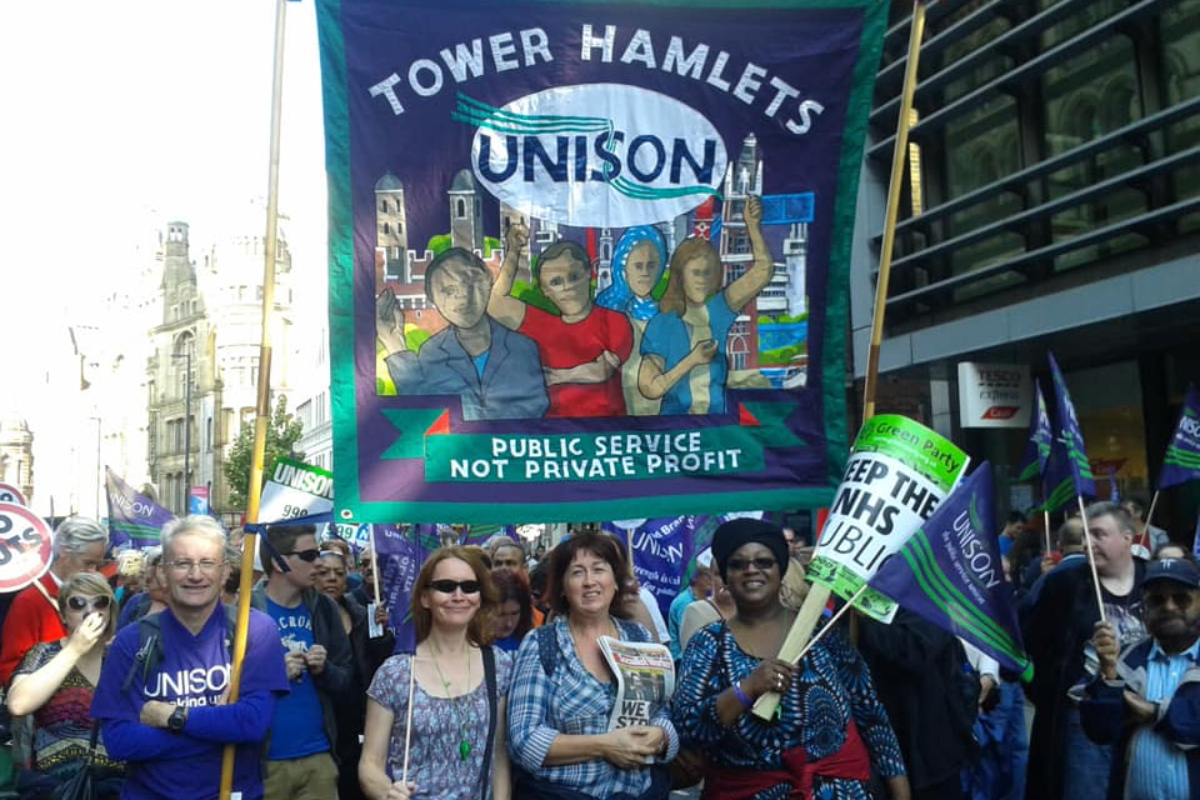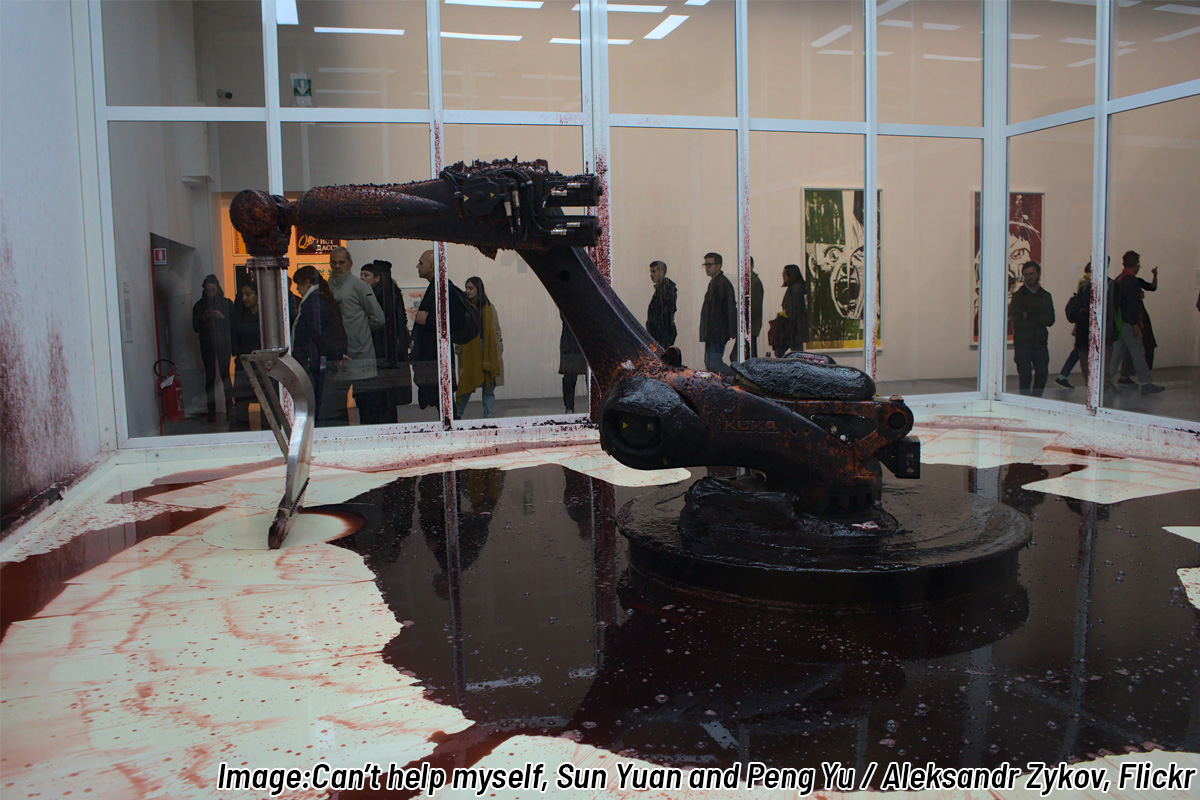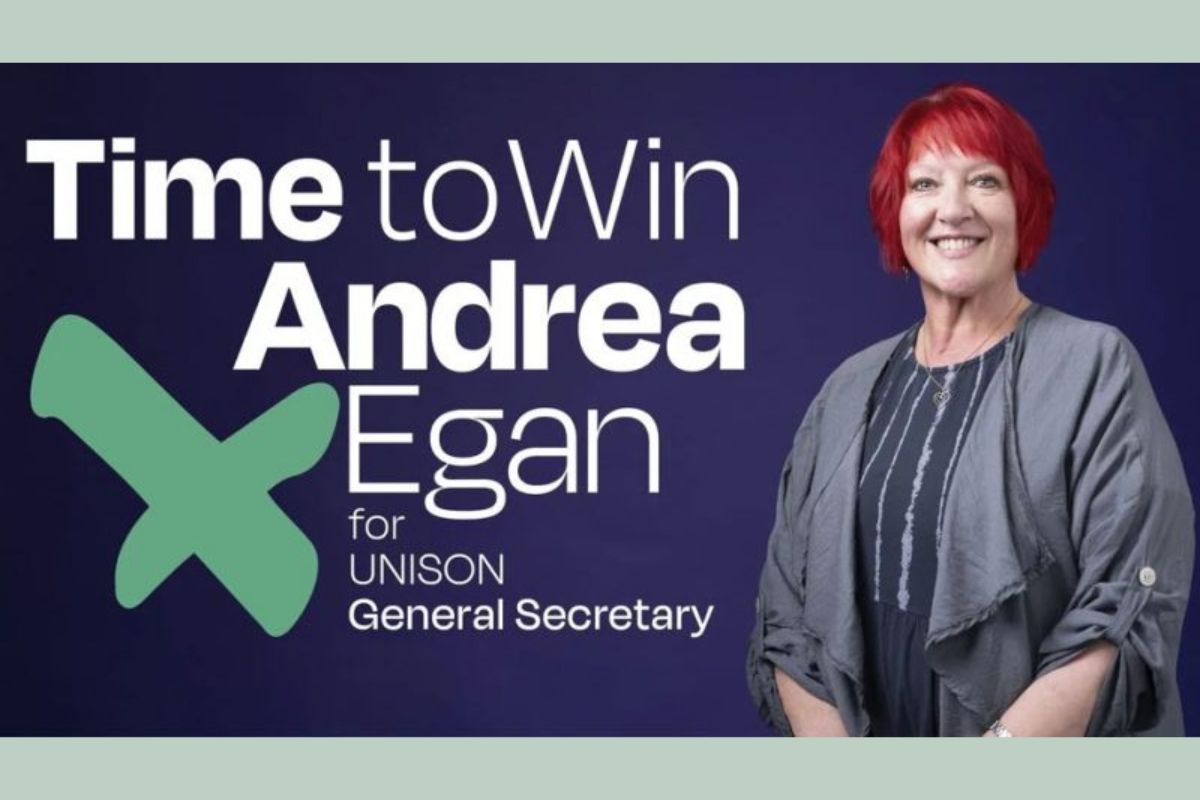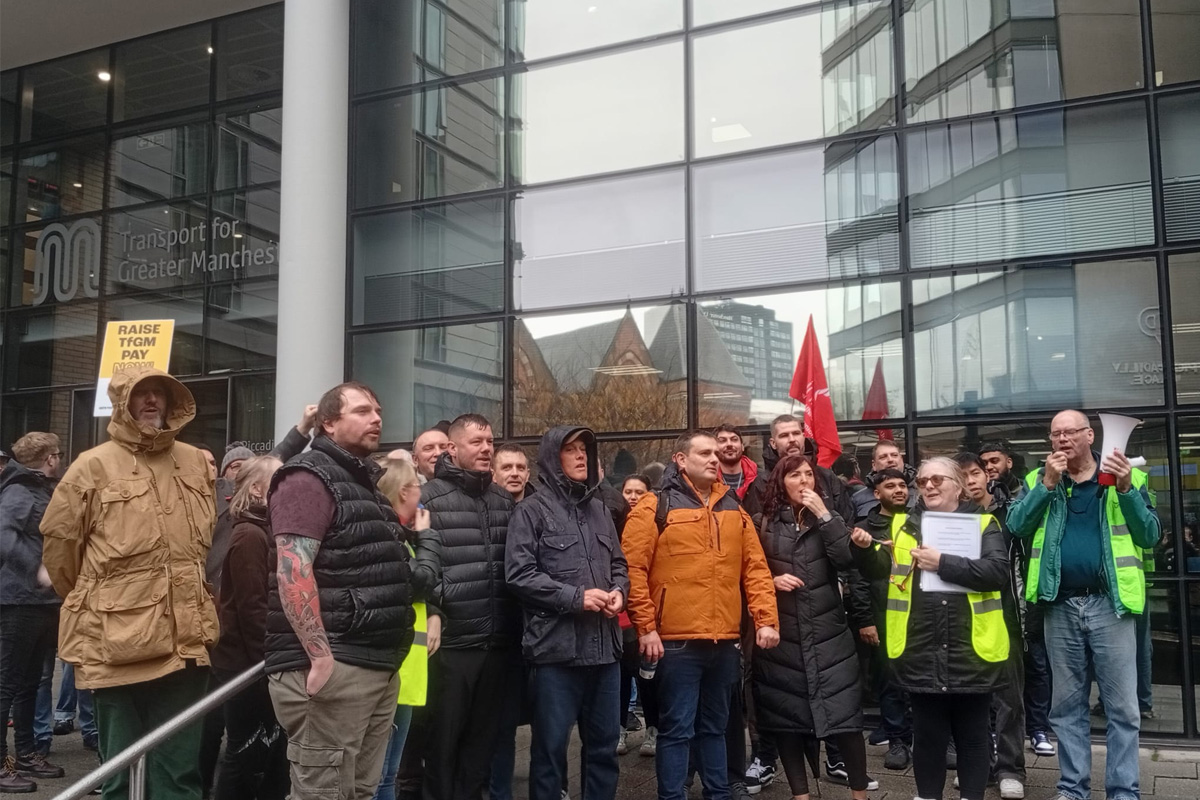Bitter struggles are looming in the public sector, with workers facing a pay freeze, alongside cuts and worsening conditions in councils and the NHS. Unison activists must organise to transform the union and fight back.
Unison members make up a huge proportion of public sector workers in the UK. The union has some 1.3 million members, spread across every city and town; in every school, hospital, university, and civic centre.
Members have spent the last year living under the cloud of COVID-19, delivering frontline healthcare and services under tremendous pressure. And despite all the hollow platitudes from the Tories and the capitalist press, we are now being made to foot the bill.
Hurricane coming
The recent Unison general secretary election highlighted some important issues: low pay, the threat of austerity, and the impact of privatisation amongst them. Election campaigns tend to bring to light the key issues that members face, as candidates seek to engage with members.
One issue stood out in all the hustings events, however. The union has to change. Not one of the candidates was willing to defend the status quo. And it’s not hard to see why.
For example, the response of outgoing general secretary Dave Prentis to the Tories’ public sector pay freeze announcement was a call on the government to “do the right thing”. This from a general secretary earning £11,500 a month!
But from the Tories’ perspective, they were doing precisely the right thing.
We need a union leadership that will do more than make vain pleas to the Tories’ better nature (big reveal…they don’t have one). Public sector workers can easily see through Boris Johnson’s claims that there will be no austerity after the pandemic.
Despite her campaign talk, it seems that Christine McAnea, the newly elected Unison general secretary, is starting just where her predecessor left off.
In an interview on BBC Radio 4’s Woman’s Hour, for example, McAnea floundered under pressure from the presenter, as she sought to demonstrate her ‘respectability’, and distance herself from “blustery” and “stereotypical” trade union leaders. Unison members aren’t anticipating a light breeze over the next few years, however, but a hurricane.
Christina McAnea’s the first woman to lead Britain’s biggest union @unisontheunion. In a telling moment @cmcanea tells @emmabarnett she’s frustrated by other union leaders who make empty threats, but refuses to name names. Have a listen… ? https://t.co/jtEinXnA0O pic.twitter.com/kStzOcYRm6
— BBC Woman’s Hour (@BBCWomansHour) January 21, 2021
Strike action
The results of the general secretary election were quite informative. For the second election in a row, the winner received less than half of the vote. This indicates a growing dissatisfaction with the status quo.
As you may have seen, three left candidates ran in the Unison general secretary election. Their combined vote share added up to 52% (Holmes 34%, McKenzie 11%, Pierre 8%).
Christina McAnea, who was endorsed by the outgoing General Secretary, won with 48%.https://t.co/ZLUoNhXccL
— Stats for Lefties (@LeftieStats) January 12, 2021
Furthermore, the proportion of votes won by the favoured candidate of the union bureaucracy – first Prentis, and now McAnea – has declined. As austerity has ramped up, the leadership has failed to hold the line and increasing numbers of members are looking for a real alternative; for a fighting leadership.
The question of low pay is an important indicator of how successful Unison’s strategy is (or isn’t). Since 2000, when Prentis was first elected, the position of the lowest paid members has declined in comparison to the minimum wage. The passive attitude that the union leadership has taken towards the latest public sector pay freeze will have a serious impact on these same low-paid members.
The Tories are ‘offering’ a minimal pay rise to those earning under £24,000 a year. But this is not through generosity or anything like it. Instead, it is a classic attempt to divide and conquer. The same is true of the plan to offer some health workers a pay rise and not others.
At the beginning of December, just after the closure of a consultative ballot amongst members in higher education, the executive of Unison’s Higher Education Service Group voted overwhelmingly to reject the derisory 0% ‘offer’ made by the employers. This opens up the possibility of strike action in universities.
Last year, in the middle of the pandemic, university bosses and the UCU (representing academic staff) settled for 0%. With the prospect of Unison planning for industrial action, and with student rent strikes gaining widespread support, the possibility of coordinated action cannot be ruled out.
Transform the union
 One thing is for certain, the attacks that are coming against public sector workers will require more than a few pleas and appeals to the Tories to defeat them. They will require coordinated national action, across all sectors.
One thing is for certain, the attacks that are coming against public sector workers will require more than a few pleas and appeals to the Tories to defeat them. They will require coordinated national action, across all sectors.
Despite their 80-strong majority, the Tory government’s position is very weak. Johnson is isolated; he and his ministers have been forced into repeated U-turns.
Confronted with a united mass movement and a fighting leadership, they could easily be defeated. But the question of leadership, unfortunately, is the missing piece of the jigsaw.
The forthcoming National Executive Council elections in Unison can partially solve this issue, with the prospect of an almost full slate of left candidates, including Socialist Appeal supporters.
Paul Holmes’ general secretary campaign mobilised a wide layer of new activists, and reinvigorated existing militant workers. That energy now needs to be channelled into transforming the union and building a leadership worthy of our members.






